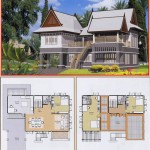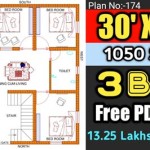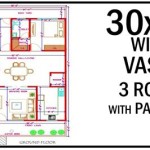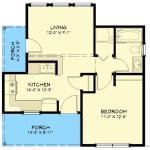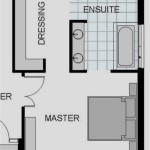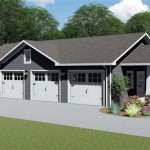Essential Aspects of Revit House Plans Tutorial
1. Introduction:
Revit is a powerful architectural software that enables the creation of 3D building models. It provides designers with the tools to create realistic house plans that accurately represent the design intent. This tutorial will guide you through the essential steps involved in creating a Revit house plan.
2. Creating a New Project:
Begin by creating a new Revit project. Choose a template that best suits your project requirements, such as the "Metric Generic Template." This template provides a starting point with pre-defined settings and components.
3. Establishing the Site:
Define the boundaries of your house by creating a Site. Use the "Reference Plane" tool to create a level plane representing the ground level. Insert a "Topography Surface" to define the terrain or slope of the site.
4. Drawing the Foundation and Walls:
Start by drawing the foundation walls using the "Foundation Wall" tool. Specify the wall thickness, height, and materials. For the walls, use the "Wall" tool and select the appropriate wall type and thickness. Position and connect the walls to create the footprint of the house.
5. Adding Doors and Windows:
Insert doors and windows using the "Door" and "Window" tools. Choose the appropriate family for each element and specify its size, location, and properties. Use the "Opening" tool to create openings in the walls for the doors and windows.
6. Defining Levels and Floors:
Create different levels to represent the various stories of the house. Use the "Level" tool to define each level and specify its elevation. Add "Floor" objects to cover the area within the walls on each level.
7. Creating the Roof:
Design the roof using the "Roof" tool. Choose a roof type and specify its pitch, shape, and materials. Use the "Gable" or "Hip" tool to create the roof form. Add roof framing elements such as rafters and trusses.
8. Adding Details and Annotations:
Enhance your Revit house plan by adding details such as stairs, railings, furniture, and fixtures. Use the "Component" tool to insert these elements. Add annotations such as dimensions, notes, and tags to clarify the design intent.
9. Saving and Sharing Your Plan:
Save your Revit house plan regularly to avoid losing your work. Export the plan in various formats, such as PDF, IFC, or DWG, for sharing with clients or contractors. Revit also allows you to collaborate with others on the same project using its cloud-based platform.
10. Conclusion:
Creating Revit house plans requires a combination of skills, knowledge, and attention to detail. By following the steps outlined in this tutorial, you can effectively design and document a complete house plan using Revit. With practice, you can master Revit's capabilities and create stunning architectural designs.

Revit Beginner Tutorial Floor Plan Part 1

Revit House Design 38x38 G 1 Tutorial 01 Complete In

14 Beginner Tips To Create A Floor Plan In Revit Pure

Autodesk Revit Complete House Plan Tutorial Part 1

14 Beginner Tips To Create A Floor Plan In Revit Design Ideas For The Built World

14 Beginner Tips To Create A Floor Plan In Revit Pure

Revit Complete House Design Tutorial Home Cad

Small House Design Revit Tutorial Home Cad 3d

Revit House Design 38x38 G 1 Tutorial 01 Complete In

14 Beginner Tips To Create A Floor Plan In Revit Pure

